Brief Principles of Macroeconomics 9th Edition
Brief Principles of Macroeconomics Ninth Edition:
Additional ISBNs:
∗ eText ISBN: 0357133897, 978-0357133897, 9780357133897
- See additional information on the Amazon.
More Details
Brief Principles of Macroeconomics 9th Edition:
About the Author
Preface: To the Instructor
Brief Contents
Contents
Preface: To the Student
Chapter 1: Ten Principles of Economics
1-1 How People Make Decisions
1-2 How People Interact
1-3 How the Economy as a Whole Works
1-4 Conclusion
Chapter in a Nutshell
Key Concepts
Questions for Review
Problems and Applications
Chapter 2: Thinking Like an Economist
2-1 The Economist as Scientist
2-2 The Economist as Policy Adviser
2-3 Why Economists Disagree
2-4 Let’s Get Going
Chapter in a Nutshell
Key Concepts
Questions for Review
Problems and Applications
Appendix Graphing: A Brief Review
Chapter 3: Interdependence and the Gains from Trade
3-1 A Parable for the Modern Economy
3-2 Comparative Advantage: The Driving Force of Specialization
3-3 Applications of Comparative Advantage
3-4 Conclusion
Chapter in a Nutshell
Key Concepts
Questions for Review
Problems and Applications
Chapter 4: The Market Forces of Supply and Demand
4-1 Markets and Competition
4-2 Demand
4-3 Supply
4-4 Supply and Demand Together
4-5 Conclusion: How Prices Allocate Resources
Chapter in a Nutshell
Key Concepts
Questions for Review
Problems and Applications
Chapter 5: Measuring a Nation’s Income
5-1 The Economy’s Income and Expenditure
5-2 The Measurement of GDP
5-3 The Components of GDP
5-4 Real versus Nominal GDP
5-5 Is GDP a Good Measure of Economic Well-Being?
5-6 Conclusion
Chapter in a Nutshell
Key Concepts
Questions for Review
Problems and Applications
Chapter 6: Measuring the Cost of Living
6-1 The Consumer Price Index
6-2 Correcting Economic Variables for the Effects of Inflation
6-3 Conclusion
Chapter in a Nutshell
Key Concepts
Questions for Review
Problems and Applications
Chapter 7: Production and Growth
7-1 Economic Growth around the World
7-2 Productivity: Its Role and Determinants
7-3 Economic Growth and Public Policy
7-4 Conclusion: The Importance of Long-Run Growth
Chapter in a Nutshell
Key Concepts
Questions for Review
Problems and Applications
Chapter 8: Saving, Investment, and the Financial System
8-1 Financial Institutions in the U.S. Economy
8-2 Saving and Investment in the National Income Accounts
8-3 The Market for Loanable Funds
8-4 Conclusion
Chapter in a Nutshell
Key Concepts
Questions for Review
Problems and Applications
Chapter 9: The Basic Tools of Finance
9-1 Present Value: Measuring the Time Value of Money
9-2 Managing Risk
9-3 Asset Valuation
9-4 Conclusion
Chapter in a Nutshell
Key Concepts
Questions for Review
Problems and Applications
Chapter 10: Unemployment
10-1 Identifying Unemployment
10-2 Job Search
10-3 Minimum-Wage Laws
10-4 Unions and Collective Bargaining
10-5 The Theory of Efficiency Wages
10-6 Conclusion
Chapter in a Nutshell
Key Concepts
Questions for Review
Problems and Applications
Chapter 11: The Monetary System
11-1 The Meaning of Money
11-2 The Federal Reserve System
11-3 Banks and the Money Supply
11-4 The Fed’s Tools of Monetary Control
11-5 Conclusion
Chapter in a Nutshell
Key Concepts
Questions for Review
Problems and Applications
Chapter 12: Money Growth and Inflation
12-1 The Classical Theory of Inflation
12-2 The Costs of Inflation
12-3 Conclusion
Chapter in a Nutshell
Key Concepts
Questions for Review
Problems and Applications
Chapter 13: Open-Economy Macroeconomics: Basic Concepts
13-1 The International Flows of Goods and Capital
13-2 The Prices for International Transactions: Real and Nominal Exchange Rates
13-3 A First Theory of Exchange-Rate Determination: Purchasing-Power Parity
13-4 Conclusion
Chapter in a Nutshell
Key Concepts
Questions for Review
Problems and Applications
Chapter 14: A Macroeconomic Theory of the Open Economy
14-1 Supply and Demand for Loanable Funds and for Foreign-Currency Exchange
14-2 Equilibrium in the Open Economy
14-3 How Policies and Events Affect an Open Economy
14-4 Conclusion
Chapter in a Nutshell
Key Concepts
Questions for Review
Problems and Applications
Chapter 15: Aggregate Demand and Aggregate Supply
15-1 Three Key Facts about Economic Fluctuations
15-2 Explaining Short-Run Economic Fluctuations
15-3 The Aggregate-Demand Curve
15-4 The Aggregate-Supply Curve
15-5 Two Causes of Economic Fluctuations
15-6 Conclusion
Chapter in a Nutshell
Key Concepts
Questions for Review
Problems and Applications
Chapter 16: The Influence of Monetary and Fiscal Policy on Aggregate Demand
16-1 How Monetary Policy Influences Aggregate Demand
16-2 How Fiscal Policy Influences Aggregate Demand
16-3 Using Policy to Stabilize the Economy
16-4 Conclusion
Chapter in a Nutshell
Key Concepts
Questions for Review
Problems and Applications
Chapter 17: The Short-Run Trade-Off between Inflation and Unemployment
17-1 The Phillips Curve
17-2 Shifts in the Phillips Curve: The Role of Expectations
17-3 Shifts in the Phillips Curve: The Role of Supply Shocks
17-4 The Cost of Reducing Inflation
17-5 Conclusion
Chapter in a Nutshell
Key Concepts
Questions for Review
Problems and Applications
Chapter 18: Six Debates over Macroeconomic Policy
18-1 Should Monetary and Fiscal Policymakers Try to Stabilize the Economy?
18-2 Should the Government Fight Recessions with Spending Hikes Rather Than Tax Cuts?
18-3 Should Monetary Policy Be Made by Rule Rather Than by Discretion?
18-4 Should the Central Bank Aim for Zero Inflation?
18-5 Should the Government Balance Its Budget?
18-6 Should the Tax Laws Be Reformed to Encourage Saving?
18-7 Conclusion
Chapter in a Nutshell
Questions for Review
Problems and Applications
Glossary
Index


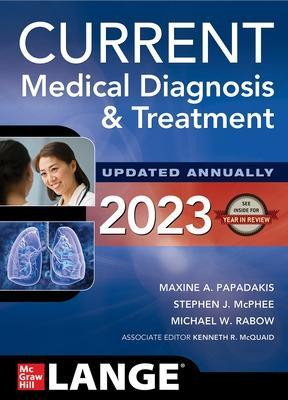
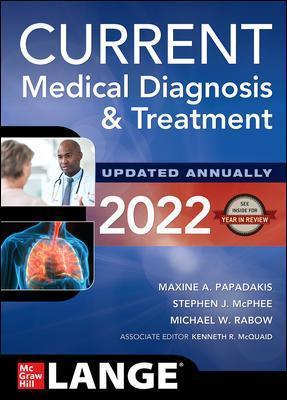
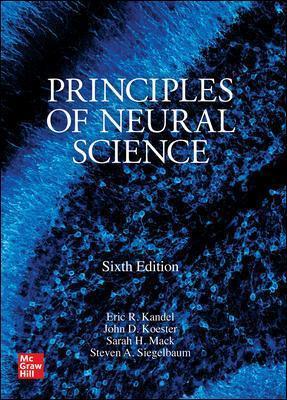





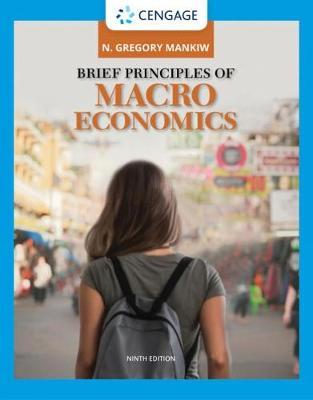

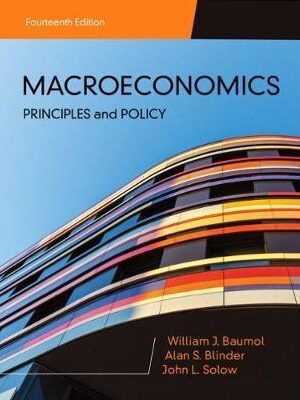
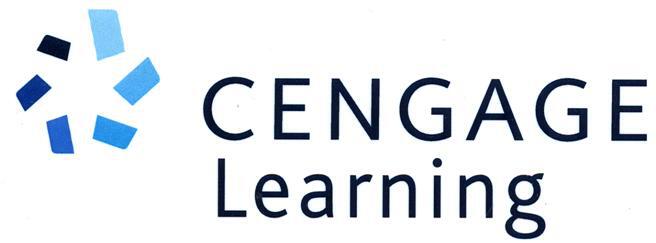




 Dentistry
Dentistry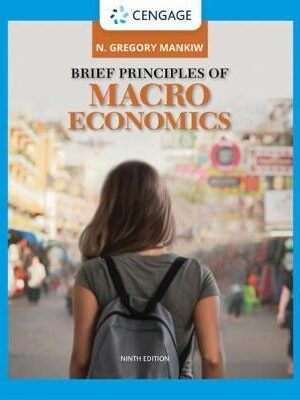
Reviews
There are no reviews yet.